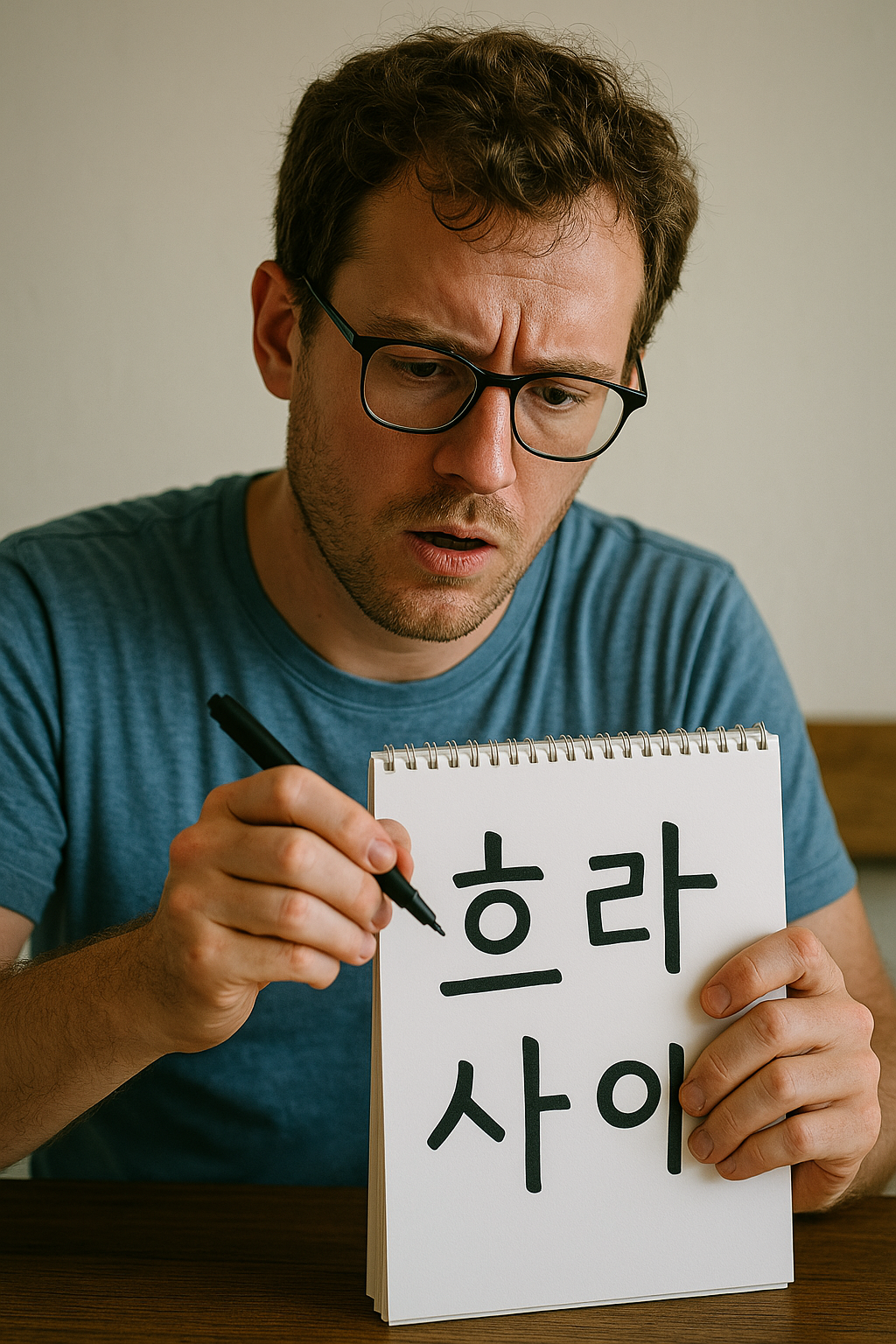Korean Grammar: The Use of -ㅂ니다 / -습니다 in Present Tense

Korean is a language that uses various sentence-ending particles to convey the tone, politeness level, and meaning of a sentence. One of the most common formal sentence endings is -ㅂ니다 / -습니다, which is used in formal situations and helps convey respect. This article will explain the use of these sentence-ending particles and provide examples to show how they are used in Korean sentences.
What are -ㅂ니다 / -습니다?
The endings -ㅂ니다 and -습니다 are formal and polite sentence endings used to convey respect when speaking or writing in Korean. These particles are typically added to the verb or adjective stems in a sentence to form a statement in the present tense. -ㅂ니다 is used with verb stems that end in a consonant, and -습니다 is used with verb stems that end in a vowel.
-ㅂ니다 is used after a verb stem that ends with a consonant.
-습니다 is used after a verb stem that ends with a vowel.
These endings are commonly used in formal situations, such as giving presentations, formal speeches, or speaking with someone you don’t know well.
When to Use -ㅂ니다 / -습니다
The -ㅂ니다 / -습니다 endings are generally used in formal speech or writing. They are a way of showing respect to the listener or reader. Below are some of the main contexts where these sentence-ending particles are used:
Formal Statements
These endings are used to express factual or declarative statements in a respectful manner.Examples:
저는 학생입니다.
(I am a student.)오늘 날씨가 좋습니다.
(The weather is good today.)제 이름은 민수입니다.
(My name is Minsoo.)
In Present Tense
These endings are most commonly used when talking about things that are true in the present, or actions that are happening right now.Examples:
저는 매일 공부합니다.
(I study every day.)한국어를 공부합니다.
(I study Korean.)
Polite Requests or Offers
Although -ㅂ니다 / -습니다 is typically used to make statements, it can also be used in polite requests or offers.Examples:
도와줍니다.
(I will help you.)이 문제를 해결합니다.
(I will solve this problem.)
How to Form -ㅂ니다 / -습니다 Sentences
To use these formal endings, you need to attach them to the verb stem. If the verb stem ends in a consonant, -ㅂ니다 is added, and if the verb stem ends in a vowel, -습니다 is used.
Examples with Consonant-ending Stems:
가다 (to go) → 갑니다
(I go / I am going.)먹다 (to eat) → 먹습니다
(I eat / I am eating.)
Examples with Vowel-ending Stems:
하다 (to do) → 합니다
(I do / I am doing.)보다 (to see) → 봅니다
(I see / I am seeing.)
Negative Sentences with -ㅂ니다 / -습니다
To form a negative sentence using -ㅂ니다 / -습니다, you use -지 않습니다 after the verb stem. This is a formal way of saying “not” or “don’t.”
Examples:
저는 학생이 아닙니다.
(I am not a student.)저는 한국어를 공부하지 않습니다.
(I do not study Korean.)
Questions with -ㅂ니까 / -습니까
When asking questions formally, -ㅂ니까 or -습니까 is used instead of -ㅂ니다 and -습니다. -ㅂ니까 is used when the verb stem ends with a consonant, and -습니까 is used when the verb stem ends with a vowel.
Examples:
학생입니까?
(Are you a student?)한국어를 공부합니까?
(Do you study Korean?)
Important Notes on Usage
Respect and Formality: These endings are primarily used in formal contexts where you need to show respect to the listener or reader.
Verb Stems: The choice between -ㅂ니다 and -습니다 depends on whether the verb stem ends in a consonant or vowel.
Context: Avoid using these formal endings in casual conversations with friends or family. In informal settings, -아요 / -어요 is typically used.
Conclusion
The -ㅂ니다 / -습니다 endings are essential components of formal Korean speech. They are used to make respectful, declarative statements and to express actions in the present tense. Whether you are introducing yourself, making an observation, or offering help, these endings are an important part of learning formal Korean. By practicing these forms, you can improve your ability to communicate in formal settings and show respect in your interactions.



